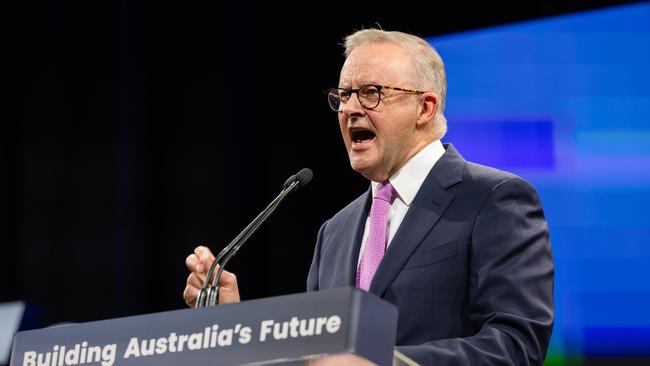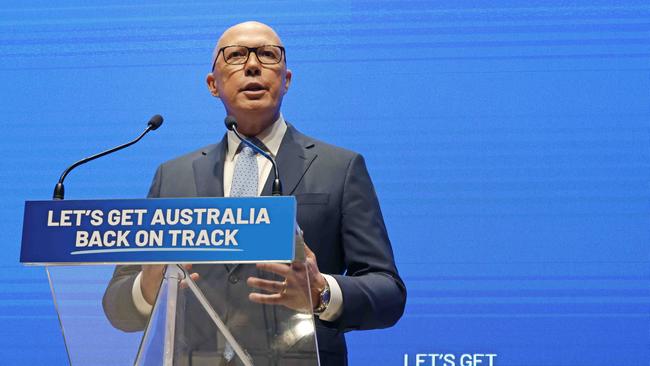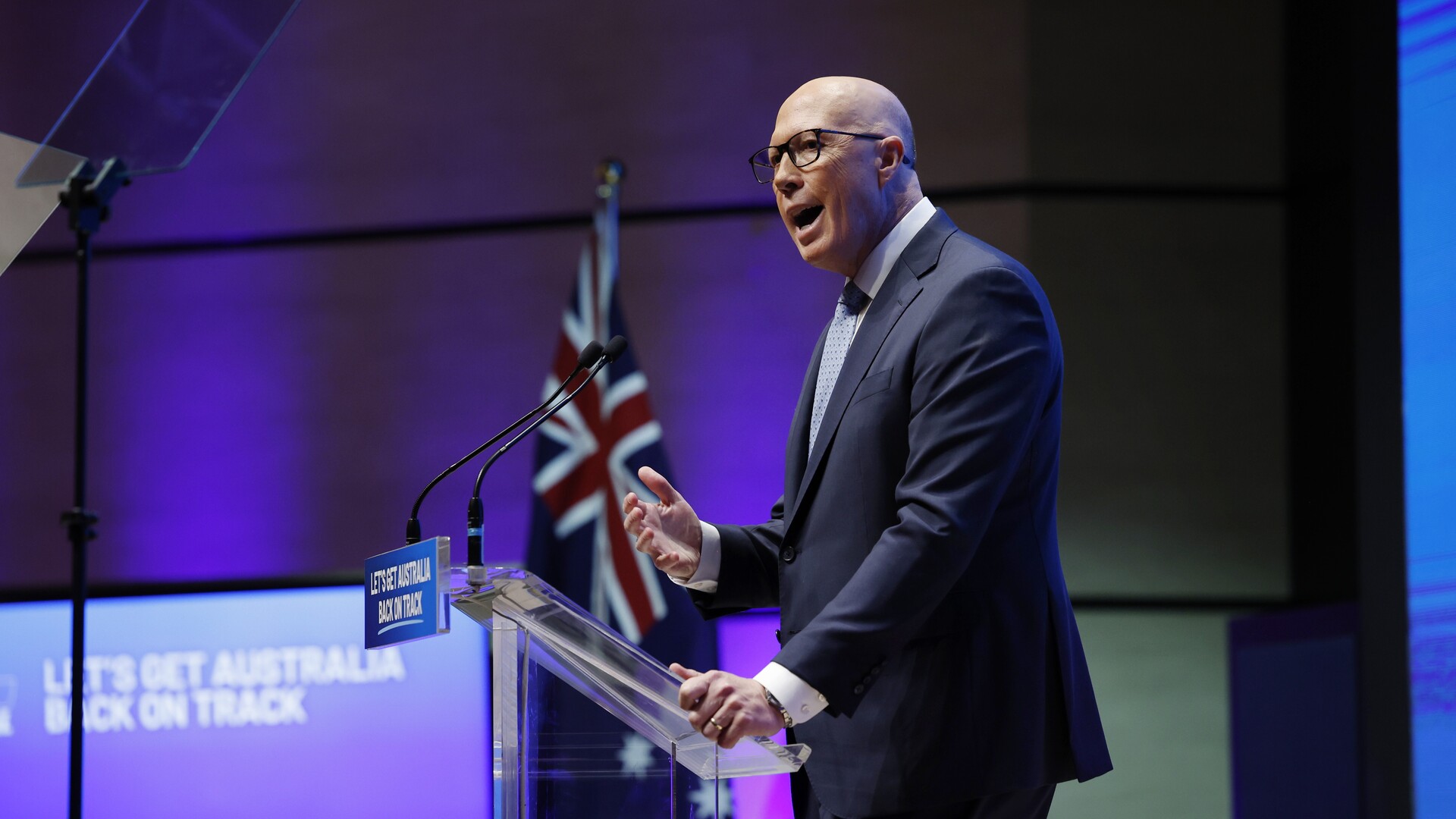
Labor’s popular vote will be the lowest in 122 years. The government will lose its parliamentary majority and be forced to trade with political zealots on the crossbenches.
National polls have never been an accurate guide to the composition of a parliament. The idea of a uniform national swing is becoming steadily more irrelevant as the country polarises and election results grow more asymmetric.
That’s why the instant experts who predict a Labor majority on the back of recent Newspolls are in for a rude shock on election night. They should brace for a patchwork of chaotic swings, a wider spread from the mean and a record number of outlier seats.
This winner will not enjoy a uniform mandate; indeed, they won’t have won the federal election in anything more than a technical sense.
The party with the most MPs in the next parliament will be the one that wins the largest number of 150 micro elections fought around the country.

The last federal election when the average national swing meant something was Tony Abbott’s 2013 landslide. The swings towards and against Labor in the 58 electorates it retained were consistent, with a standard deviation of just over 3 per cent, a statistical measure indicating little variation from the average swing across seats.
In 2016, the story began to shift. The number of outliers increased markedly. There were swings against Labor in two seats (Melbourne Ports and Griffith) but swings towards Labor of up to 13 per cent elsewhere. In 39 of the 69 seats Labor won, the deviation from the mean swing was more significant than plus or minus 2 per cent.
The 2019 election shattered any remaining illusion of national uniformity. The swing to Labor was even more erratic: in 49 of its 77 seats, the shift fell outside the plus or minus 2 per cent band around the average. The electorate was split over policy, class and region, not along neat partisan lines. Voters were deeply divided over the direction of the country and sent a mosaic of mixed messages to Canberra.
Then came Albanese’s Clayton’s victory in 2022. Labor’s swings were even more erratic, falling outside the plus or minus 2 per cent range in 49 of the 77 seats it won.
This time the results look sure to be lumpier still and, consequently, harder to predict. The variance in voting patterns will reflect the deepening inequality in household economic fortunes under Albanese.
Those in comfortable inner-city suburbs have largely been immune from the household recession that has hammered the rest of the country for the past two years. They haven’t had to cancel their Foxtel subscriptions or car insurance, change their eating habits or spend time queuing for petrol at Costco, and neither, most likely, have any of their family or friends.

Labor’s self-image as a friend of the marginalised and dispossessed has become a cruel joke.
Low and middle-income households have suffered far worse from rising inflation and 23 months of negative per-capita growth. For working families in the mortgage belt, living costs have risen faster than incomes, especially for essentials such as housing, food and energy. They spend a higher share of their income on necessities and few have a little savings to fall back on.
On the other hand, there are those whom the household recession has barely touched: high-income households, those who live from investment income, and homeowners with no mortgage. They have been sheltered from rate rises while their asset values have been preserved or grown.
Labor is bleeding support in outer suburban Melbourne, Sydney and beyond. Not all of its lost votes will be captured by the Coalition. Research by Compass Polling last week showing Chris Bowen trailing independent Matt Camenzuli by 41 to 19 per cent in McMahon is considered credible by others who have conducted private polling on the ground.
Bowen must know the Labor brand is in trouble. Why else has he abandoned the traditional Labor red in his campaign material for a pastel tangerine?
In an atmosphere of wildly varying swings, it is conceivable that Albanese could be gambling on winning as many seats as he loses.
Why has he spent most of his campaign filling sandbags in Labor electorates rather than campaigning in Coalition seats?

Why did he launch his campaign in Western Australia, a solidly Labor state on paper, while Peter Dutton planted his flag in Werriwa, deep in Labor’s heartland?
The mathematics of this election mean there are more dead red seats than lefty-leaning Coalition seats ripe for plundering. The Liberal Party lost most of those to the teals last time. Some of those seats may come back this time but Dutton cannot count on them as he persists with the daunting task of getting to 76 seats.
Even if Dutton falls short, his task is to lay the foundation for a future Liberal majority by rebuilding in outer suburbia. Albanese’s legacy, by contrast, may be the loss of Labor’s old heartland – and the party may never win it back without shifting back towards the centre. This bigger question has been completely missed by members of the laptop class that have written off Dutton as a failure. They have made the mistake of projecting their jaundiced, CBD-centric view on millions of voters they have never met, will never meet, have no desire to meet and wouldn’t know what to say to if they sat next to them in a bar. They are, in truth, strangers in their own country.
The latest Newspoll dropped after this column was filed. But it matters little. The fundamentals haven’t changed.
Albanese’s best-case scenario is the country’s worst: a prospect even more alarming than the return of a hapless and hopeless Labor leader governing alone.
Nick Cater is a senior fellow at the Menzies Research Centre.







Before we garland Anthony Albanese and declare the election over, let’s consider the best Labor can hope for in 19 days.